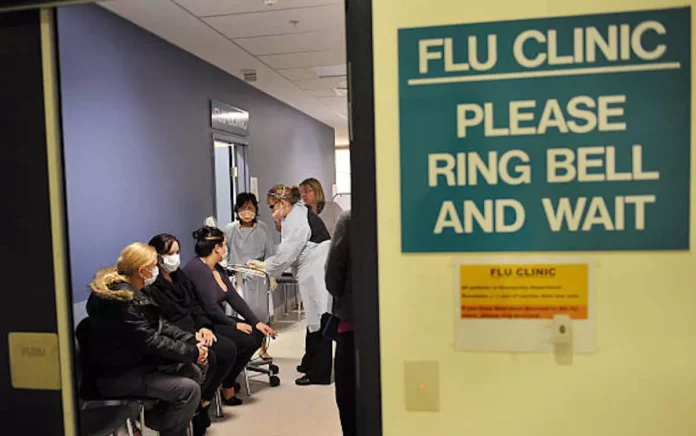Since the first instances of the flu were reported in May, New Hampshire authorities, under the direction of the Department of Health and Human Services (DHHS), Division of Public Health Service (DPHS), have been closely monitoring flu activity. Strain is on the healthcare system as Flu levels is increasing in New Hampshire. Trends found in New Hampshire are consistent with those found nationwide, with higher numbers of influenza cases reported than usual, generally mild illness seen in healthy individuals, and hospitalizations and the only reported death thus far linked to people with underlying chronic health conditions.
Officials in New Hampshire are relying on a number of planning assumptions as a result of this information: With a fatality rate of less than 1%, the current new H1N1 flu pandemic will affect 30% of the population during a six-month period.
The majority of instances will be minor, and most patients will be treated at home for up to a week. High risk individuals from target demographics will have higher rates of hospitalizations and fatalities. Target groups will start receiving the new H1N1 vaccination in September. The strain on the healthcare system and employers will be lessened if more locals obtain the seasonal flu vaccine.
Through a collaborative decision-making process that includes important stakeholders, specific interventions should be decided.
Martha Wassell, director of Infection Prevention at Wentworth-Douglass Hospital, said she’s worried about being able to provide standard everyday non-urgent care if cases increase.
“That said and seeing, observing what we know is coming on the horizon, we are preparing our staffing matrices and preparing for an influx of patients requiring our care”
Martha Wassell

